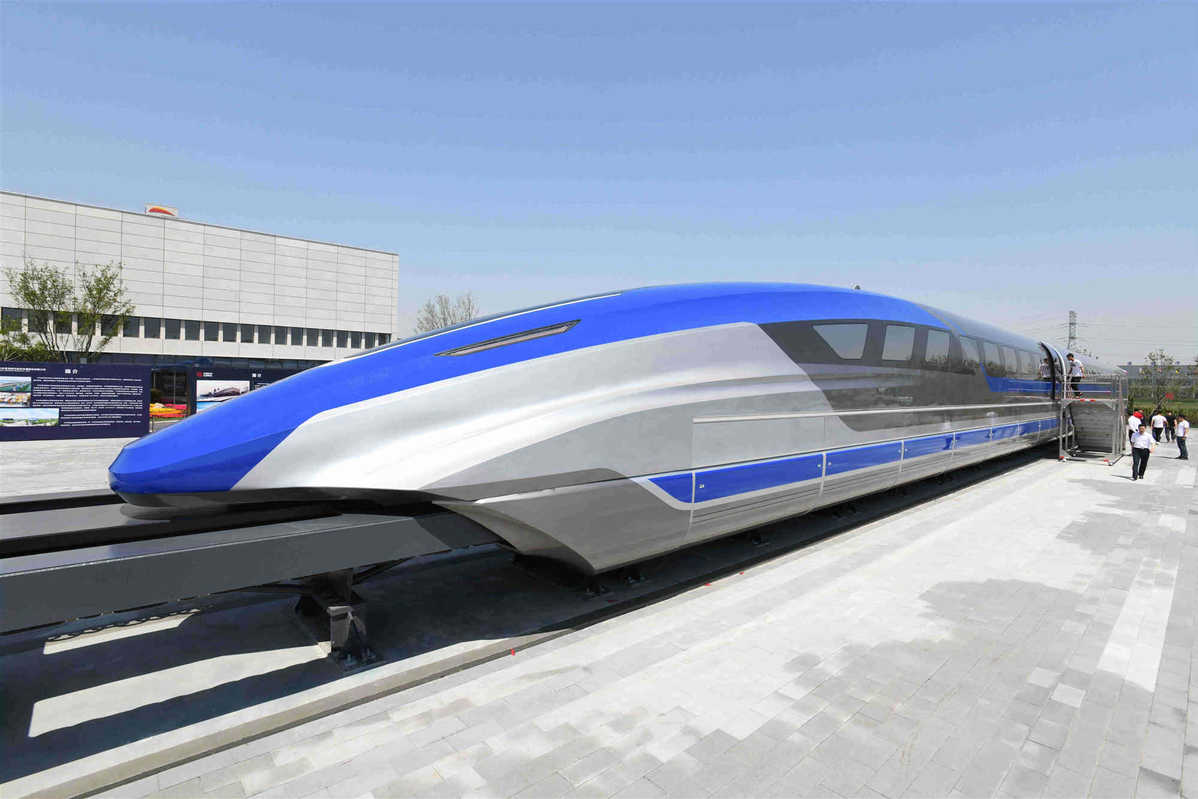Maglev train is a train system that uses two sets of magnets: one to repel and push the train up off the track, and another to move the elevated train ahead, taking advantage of the lack of friction. Similar systems are in use today as high-speed trains and some of the newer, radical-ride roller coasters.
Ambitions for the USA to join this elite list have recently been dashed after FRA has formally rescinded its support, canceling $26 million in grants and instructing Maryland’s transportation department to close out the planned maglev project in Maryland.
Tokyo–Osaka
On May 27, 2011, the Transport Minister of Japan approved the Chūō Shinkansen maglev line, connecting Tokyo to Osaka and expanding off of the existing test track in Yamanashi prefecture. Construction began in 2014 with the first segment from Tokyo to Nagoya to be completed by 2027. The second segment from Nagoya to Osaka is expected to be completed by 2045. The 550km line will have a top operating speed of 500km/h and a travel time between Tokyo and Osaka of just 67 minutes.
SwissRapide
The SwissRapide AG in co-operation with the SwissRapide Consortium are developing and promoting an above-ground maglev monorail system, based on the Transrapid technology. The first projects planned are the lines Berne–Zurich, Lausanne–Geneva as well as Zurich–Winterthur.
Also Read: Top priority infrastructure projects in South Africa
Santa Cruz-Costa Adeje-Los Realejos
A two-line, 120-kilometers long system has been proposed for the island of Tenerife. It would connect the island capital Santa Cruz in the north with Costa Adeje in the south and Los Realejos in the northwest with a maximum speed of 270 km/h (169 mph) at an estimated cost of US $3.5bn.
Mumbai–Nagpur
The State of Maharashtra approved a feasibility study for a maglev train between Mumbai and Nagpur about 1,000km away. It plans to connect the regions of Mumbai and Pune with Nagpur via less developed hinterland via Ahmednagar, Beed, Latur, Nanded and Yavatmal.

